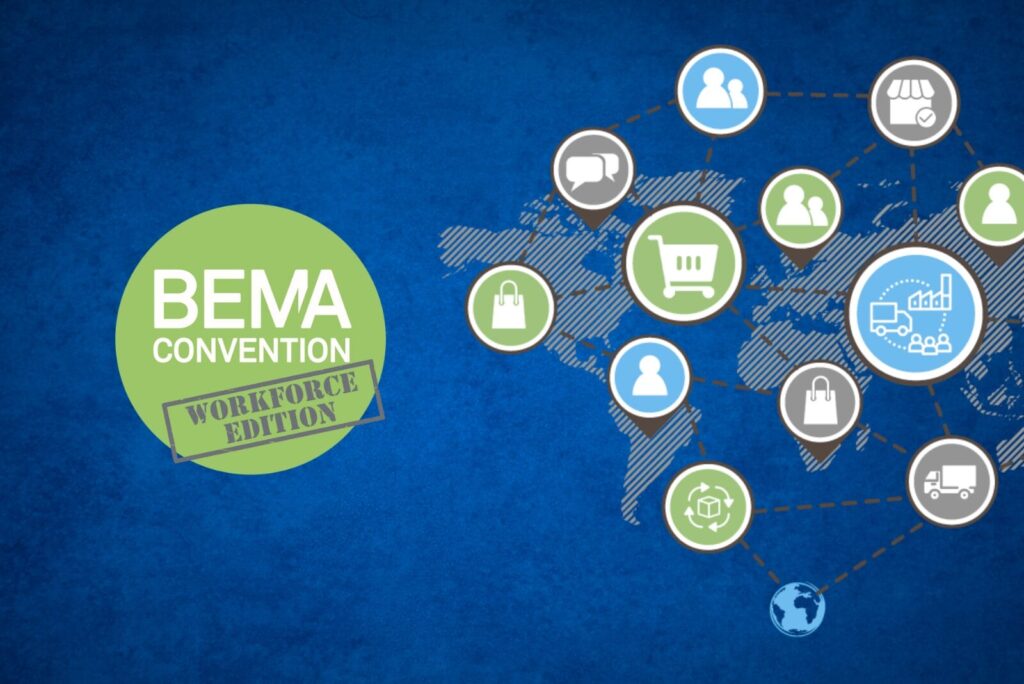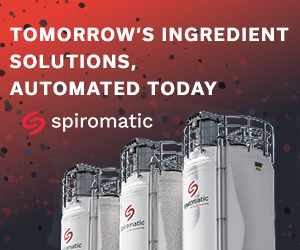PALOS VERDES, CA — As part of BEMA’s annual convention, taking place June 28-July 2 in Rancho Palos Verdes, CA, the association partnered with Arizona State University (ASU) to host three virtual workforce-related sessions as part of its Workforce Edition programming.
The first session, Knowledge Graphs: An Enabler of Supplier Discoverability and Enabling Digital Supply Chains, focused on the basics of knowledge graphs and how they can help create a cohesive digital supply chain and enhance food traceability efforts.
Farhad Ameri, associate professor at ASU’s School of Manufacturing Systems and Networks, led the discussion.










